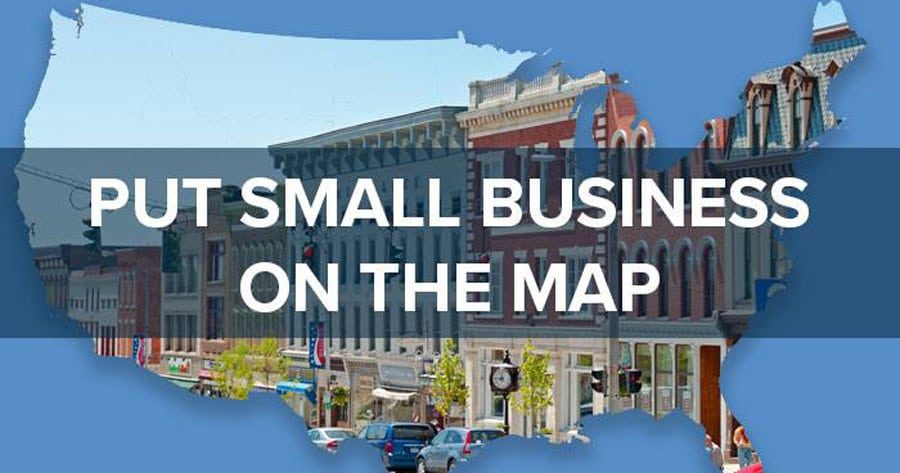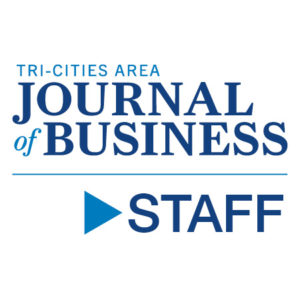
Home » Small business optimism remains near record high
Small business optimism remains near record high

March 14, 2017
Small-business owners continue to have high expectations for Washington
Small business optimism remained at one of its highest readings in 43 years, as small business awaits a new health care law, tax reform, and regulatory relief from Washington.
That’s according to last month’s National Federation of Independent Business (NFIB) Small Business Optimism Index.
“It is clear from our data that optimism skyrocketed after the election because small business owners anticipated a change in policy,” said NFIB President and CEO Juanita Duggan in a release. “The sustainability of this surge and whether it will lead to actual economic growth depends on Washington’s ability to deliver on the agenda that small business voted for in November. If the health care and tax policy discussions continue without action, optimism will fade.”
The index fell 0.6 points in February to 105.3 yet remains a very high reading. The slight decline follows the largest month-over-month increase in the survey’s history in December and another uptick in January. Three of the ten components increased, six declined modestly, and one was unchanged. Despite a small decrease, nearly half of owners expect better business conditions in the coming months.
“It is encouraging that the Index has persisted at 105 for three months in a row,” said NFIB Chief Economist Bill Dunkelberg in a release. “Although optimism remains high, growth is still a problem because of restrictive government policies.”
The job openings component reached its highest level since December 2000, but more owners reported difficulty finding qualified workers to fill open positions. Dunkelberg said that the scarcity of qualified workers is pressuring owners to raise compensation to retain and attract good employees. Twenty-six percent of small business owners reported raising compensation, one of the highest readings since February 2007.
“Many small business owners are being squeezed by this historically tight labor market,” he said. “They are not confident enough to raise prices on consumers, which limits how much they can increase compensation and makes them less competitive in attracting qualified applicants.”
Business owners reporting higher sales improved four percentage points, rising to the first positive reading since early 2015. The percent of owners expecting higher real sales fell three points to a net 26 percent. This follows a 20-point rise in December and remains positive.
Capital spending among small business owners rose two points to 62 percent, the second highest reading since 2007. Owners reported spending on new equipment, vehicles, and improvement or expansion of facilities. The percent of owners planning capital outlays slipped one point to 26 percent. Duggan said after years of ball-and-chain regulation and poor economic growth, small businesses are ready to invest.
“Small businesses will begin to turn optimism into action when their two biggest priorities, healthcare and small business taxes, are addressed,” Duggan said. “To small business, these are both taxes that need reform. It’s money out the door that strangles economic growth.”
Local News
KEYWORDS march 2017




